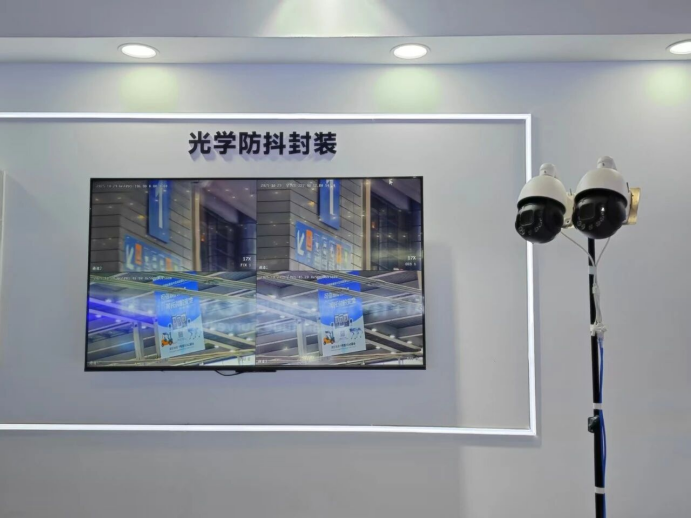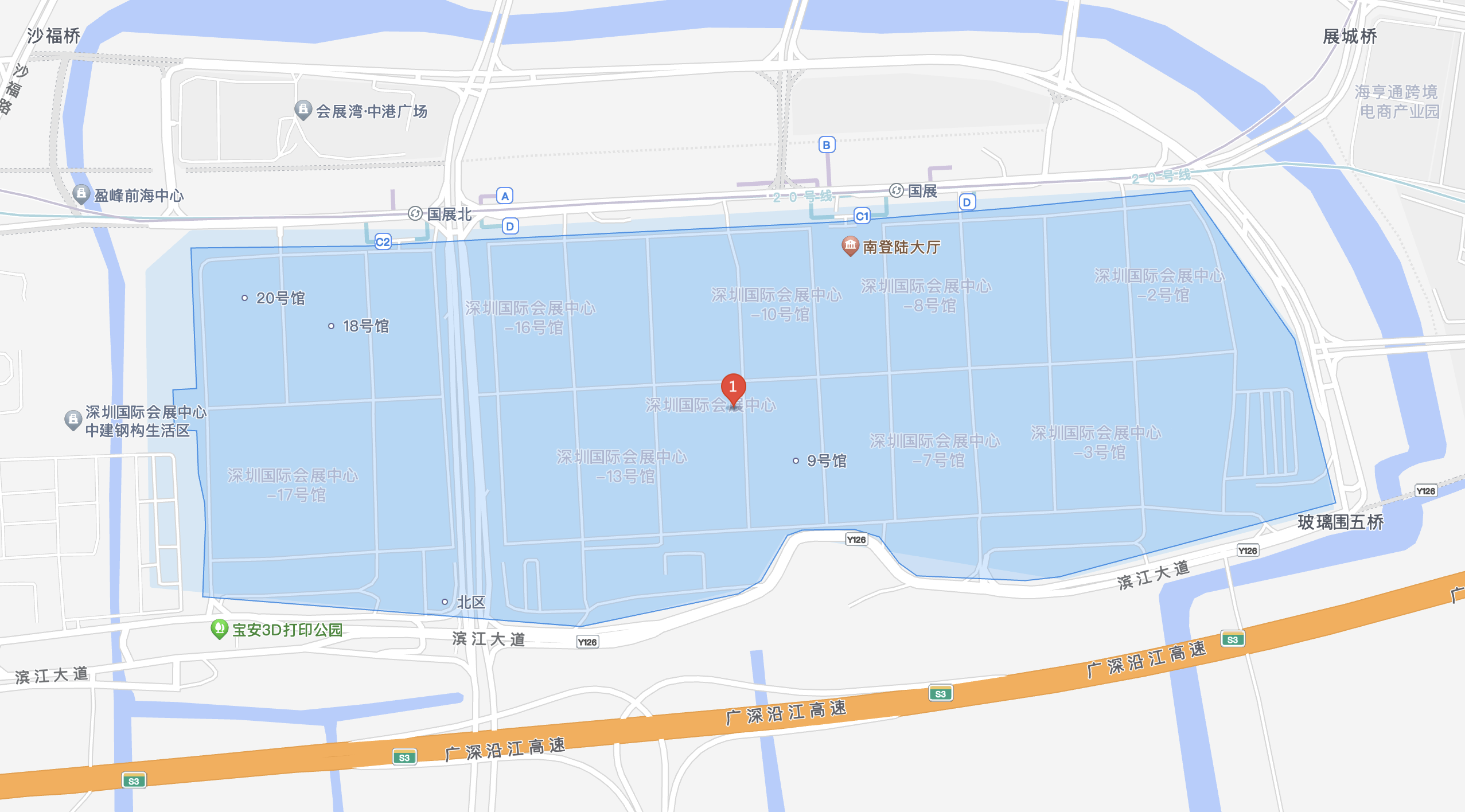Capturing moving subjects like children, blurry night scenes, and car video recordings with a "roller coaster perspective"... In today's digital and intelligent era, a clear visual experience is crucial for applications ranging from security monitoring and action cameras to drone aerial photography and in-vehicle imaging. Users demand more than just "capture" images; they demand "stable images." Image stabilization technology is paramount in this process, playing a pivotal role.
Can we do without image stabilization?
In today's world, images have permeated every aspect of life. With the rapid development of technology, the application scenarios for imaging devices are constantly expanding, from everyday photography and videography to security monitoring and in-vehicle imaging for driving safety. People's demand for image capture is becoming more frequent, the content more diverse, and the requirements for image quality increasingly higher.
However, in actual shooting, some frustrating situations often arise. Imagine this: during motion capture, the image becomes a blurry "dynamic mosaic" due to shaky hands; taking handheld photos at night results in either completely black images with poor detail or ghosting due to hand tremors; even in security monitoring, cameras are frequently affected by various vibrations. For example, in outdoor environments, even slight camera shake caused by strong winds can blur the image, severely impacting monitoring effectiveness.
The root of these problems lies in the crucial factor of "image stabilization." Image stabilization, as a vital component for improving image quality, is increasingly important. It acts like a "stabilizer," effectively overcoming various shaking factors to ensure the monitored image remains clear and stable.
In security monitoring, the importance of image stabilization technology is particularly evident. For accurate identification and tracking, whether it's facial recognition, license plate recognition, or behavior analysis, clear and stable raw image data is essential. Without image stabilization technology, related algorithms operate like they're in a "fog," resulting in a significant drop in accuracy.
In terms of reliable operation around the clock, outdoor monitoring equipment faces various complex environmental challenges, such as strong winds and vibrations. Image stabilization technology ensures that the equipment can output stable and usable footage even under harsh conditions. Furthermore, in reducing false alarms and missed alarms, image shakiness can easily trigger unnecessary motion detection alarms (false alarms) and may also mask real abnormal behavior (missed alarms), while stable footage helps improve the accuracy of alarms.
A Variety of Image Stabilization Methods Revealed
To solve the problem of image shakiness, the industry has continuously explored and practiced, resulting in a variety of effective image stabilization solutions, covering optical image stabilization, electronic image stabilization, AI image stabilization, gimbal image stabilization, and more.
Optical image stabilization (OIS) uses a floating lens in the lens to correct "optical axis misalignment." Its principle is to detect minute movements using a gyroscope built into the lens and then transmit the signal to a microprocessor. Upon receiving a signal, the microprocessor immediately and precisely calculates the amount of displacement that needs compensation. Then, through a compensation lens group, it compensates for the lens shake direction and displacement, effectively overcoming image blur caused by camera vibration.
Currently, the main implementations of Optical Image Stabilization (OIS) include lens-based stabilization and sensor (or image sensor) stabilization. In terms of performance, OIS has the advantage of not compromising image quality and can produce a very significant stabilization effect, especially in low-light conditions. However, this technology also has limitations; it increases the weight and complexity of the device and is relatively expensive.
Electronic Image Stabilization (EIS), on the other hand, achieves stabilization by processing and compensating for video images at the digital signal level. Specifically, it uses software algorithms to analyze shake information in the image, then crops and shifts the image to counteract the shake, resulting in a more stable image. The advantage of this approach is its relatively low cost and low hardware requirements, allowing for image stabilization without increasing costs. However, this solution also has certain limitations. Because it requires cropping part of the image edges for compensation, this leads to a decrease in image resolution and sharpness.
AI image stabilization, on the other hand, is an advanced image stabilization technology that integrates artificial intelligence algorithms with hardware collaboration. It corrects image shifts caused by camera shake using AI algorithms, significantly improving the stability of moving images. Compared to traditional optical and electronic image stabilization, AI image stabilization is better able to adapt to various complex shaking scenarios such as walking, running, and handheld shakiness, solving the problem of limited effectiveness of traditional image stabilization technologies in complex scenes.
In addition, the industry has developed various image stabilization methods, such as gimbal stabilization, physical image stabilization, high-sensitivity image stabilization, and multi-layer image stabilization. These image stabilization technologies each have unique characteristics and applicable scenarios. In practical applications, the appropriate image stabilization solution is selected based on factors such as the type of equipment, shooting needs, and budget to achieve the best image stabilization effect.
2025 Security China Expo: Chip Manufacturers Compete in Image Stabilization Technology
At the recently concluded 2025 Security China Expo, image stabilization technology undoubtedly became the focus of many chip companies' displays. Major companies showcased their image stabilization "weapons," leaving attendees dazzled. This fully demonstrates the industry's high consensus on its importance.
Guoke Microelectronics' DIS/EIS digital image stabilization technology can accurately identify and eliminate high-frequency shaking, ensuring smooth images in motion scenes. It is understood that Guoke Microelectronics' image stabilization technology has extremely low latency processing, efficiently adapting to stable output of high-definition video streams (such as 4K 45fps); at the same time, this technology has excellent compatibility with wide-angle lenses, effectively suppressing even slight vibrations in ultra-wide-angle lenses; furthermore, its adaptability is extremely flexible, supporting different terminal configurations with and without gyroscopes, ensuring that image stabilization capabilities can be enabled on popular devices.
Rockchip's new generation AI vision chip RV1126B attracted much attention at the Security China Expo due to its powerful performance. This chip achieves a significant improvement in AI image stabilization performance, featuring hardware-level 6-DOF digital image stabilization that accurately identifies and eliminates high-frequency jitter, resulting in smoother and more stable video streams from moving images. Simultaneously, the RV1126B chip introduces multi-view AI dynamic stitching technology, effectively solving the image tearing problem in multi-view stitching products and providing users with an ultra-wide-angle field of view, meeting the needs of users in large-scale scene monitoring in fields such as security monitoring and intelligent transportation.
At the Security China Expo, Allwinner Technology showcased its innovative technological achievements and product solutions in the field of AI vision with a full-stack technology supply system encompassing "chip-algorithm-solution-application". For motion vision scenarios, Allwinner presented a complete image stabilization solution covering horizon stabilization, wearable stabilization, time-lapse stabilization, and aerial photography stabilization, and demonstrated core technologies such as monocular fisheye correction and binocular panoramic stitching, providing an excellent edge-side visual experience for wearable and handheld imaging products. For example, its V881 series, as a highly integrated 4K AI imaging chip, supports EIS (Electronic Image Stabilization) algorithm, using Gyro/IMU information for video stabilization processing to remove motion blur during shooting and provide a better viewing experience.
StarCraft Technology's EIS electronic image stabilization technology uses high-precision gyroscope data and real-time algorithm compensation to accurately counteract high-frequency vibrations and translational shake, ensuring smoothness and stability of footage during motion shooting. The EIS algorithm adopts the industry's latest attitude calculation method, accurately calculating the real-time orientation of the terminal within milliseconds, resulting in a more stable viewpoint. Multiple levels of stabilization are available to easily handle various motion scenarios. Additionally, a horizon lock function has been added, ensuring the image remains tilt-free even during significant rolling.
Westlight Technology supports both pure digital and gyroscope-based image stabilization. Based on a unified algorithm underlying hardware architecture, future software upgrades will support hybrid image stabilization, covering security and handheld motion scenarios. Combined with multi-frame noise reduction algorithms, it delivers excellent image stabilization and noise reduction effects in low-light conditions. For example, its VS839 chip integrates DIS and EIS functions, with image stabilization processing pre-positioned in the YUV noise reduction stage of the ISP Pipeline, further optimizing image quality in low-light, shaky scenes.
Meanwhile, Galaxycore's Optical Image Stabilization Package (OIS Package) is a large-stroke, wide-angle moving-chip optical image stabilization solution launched based on its own CIS technology advantages. This solution deeply integrates Galaxycore's self-developed moving-chip optical image stabilization motor, CMOS image sensor, and unique flexible electrical connection technology, enabling large stabilization angles, strong driving force, and fast response.

In conclusion
Today, with the continuous evolution of technology and the increasing diversification of market demands, the application of image stabilization technology is gradually extending from the traditional security industry to consumer-grade fields such as action cameras and drones, with market demand continuing to rise. At the same time, image stabilization technology itself is also undergoing a "dimensional upgrade," leaping from hardware-based stabilization to algorithm-based stabilization, and from a single technology model to a comprehensive solution integrating multiple technologies. This technological evolution makes the stabilization effect increasingly precise and efficient, thus providing strong guarantees for the stability of surveillance footage. Looking to the future, with continuous technological innovation and breakthroughs, we have reason to believe that image stabilization technology will bring us even more surprises and deliver a superior experience for visual applications in various fields.


















